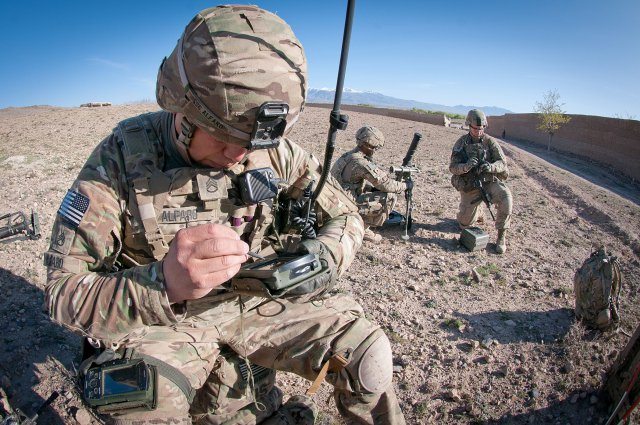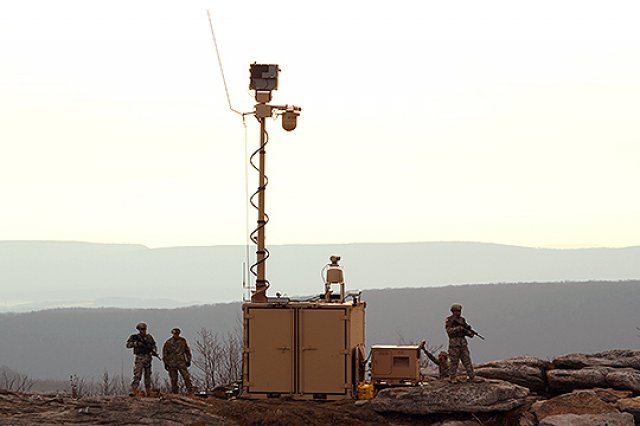As the Army moves to a streamlined and more user-friendly tactical network, the hardware, software and processes that keep it running and secure are realigning to reduce complexity and costs.
Together, these products serve as the critical enablers of the Army’s tactical communications and data network. They simplify network tasks and operations for warfighters and first responders; ensure the information transmitted is secure and reliable; and bring efficient delivery of hardware and software solutions to meet today’s changing technology needs.
This realignment, which took place in mid-February, brought several organizations under one roof and established the Project Director Network Enablers, or PD Net-E, managed by the Program Executive Office for Command, Control and Communications-Tactical, or PEO C3T.
“By reorganizing these project and product offices under one common Project Director Office, we’ll be able to facilitate secure and more user-friendly Army tactical communications from design through sustainment and modernization,” said Stanley Niemiec, director of PD Net-E. “This effort brings the network enablers under one common umbrella to unlock the power and simplicity of the tactical network infrastructure.”
Designed to improve the user experience and support a dynamic network environment, PD Net-E consolidated the offices of three former organizations to effectively manage the infrastructure burden of the network without sacrificing function or mission.
PD Net-E manages five product directors: Communications Security, or COMSEC, Cryptographic Systems, which procures, tests and fields COMSEC solutions to secure the Army’s information against cyber threats; Common Hardware Systems, which supplies the Soldier with state-of-the-art computer and networking equipment; Initialization, which delivers relevant network initialization capabilities to the Solider; Key Management, which provides encrypted key management solutions; and Tactical Network Architectures and Configurations – Current, which integrates the current force network and ensures interoperability of networking products and solutions.
“By combining the successes of these three organizations, we’ll provide a common axis of acquisition discipline and resource efficiencies to enable security, standards, policies, planning, initialization, and products while focused on the simplification of legacy and future data and tactical C4ISR network infrastructures,” Niemiec said.
The new organization will partner with all Command, Control, Communications, Computers, Intelligence, Surveillance and Reconnaissance, or C4ISR, product teams, setting the standard for operational coordination.
As the Army transitions to a leaner, more agile force, this realignment of the network’s enablers strengthens information assurance and security, while bringing efficient and simplified solutions to continue to provide critical communications capabilities for Soldiers.











